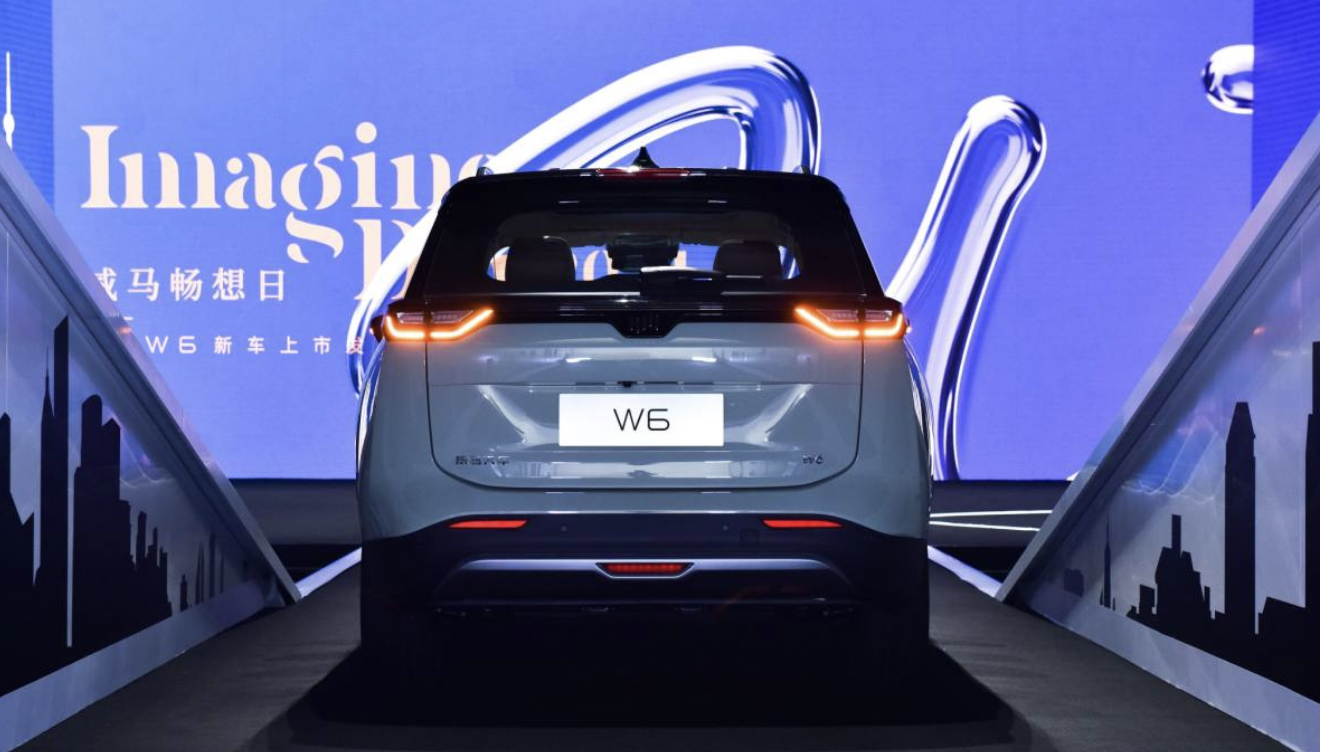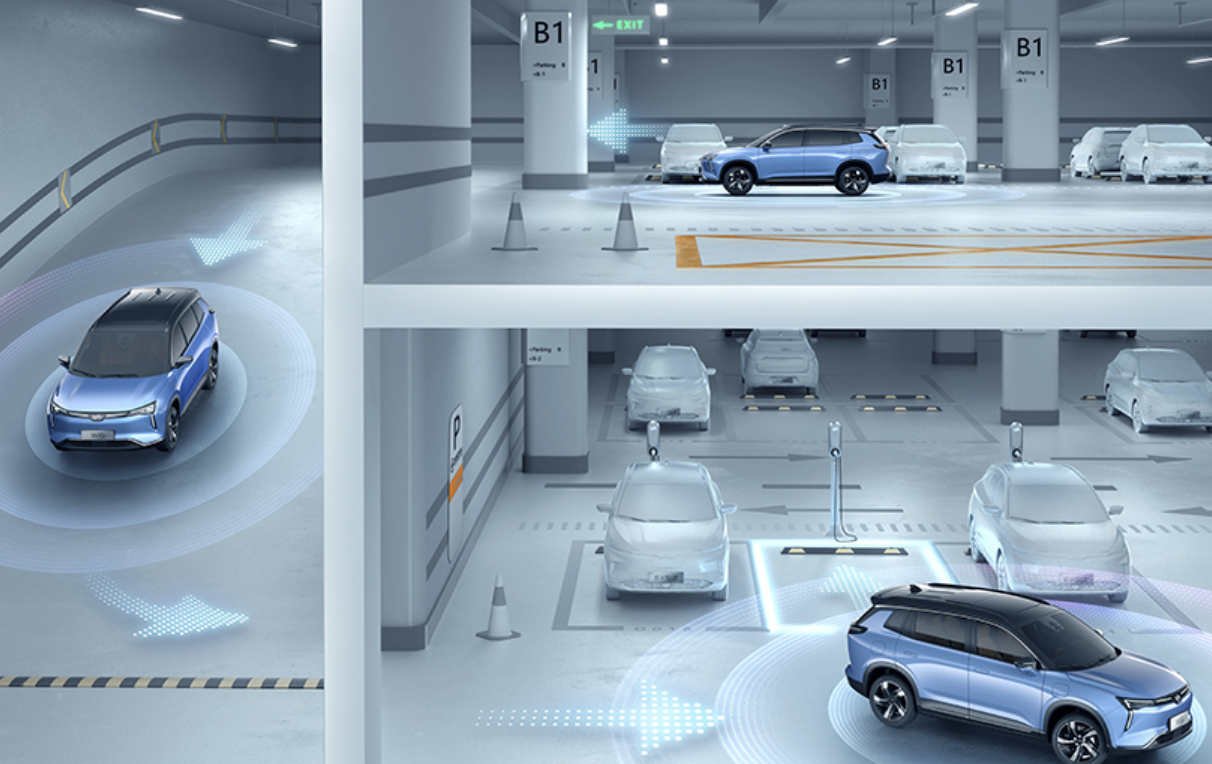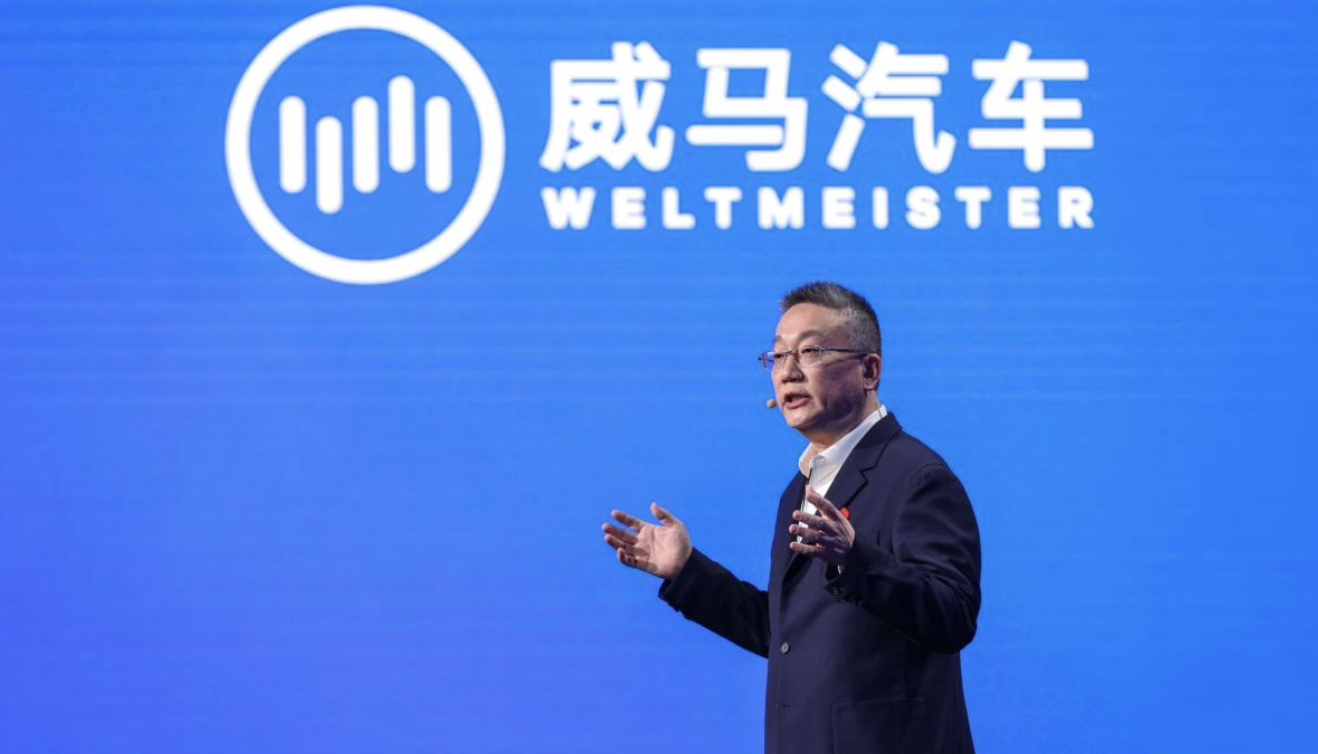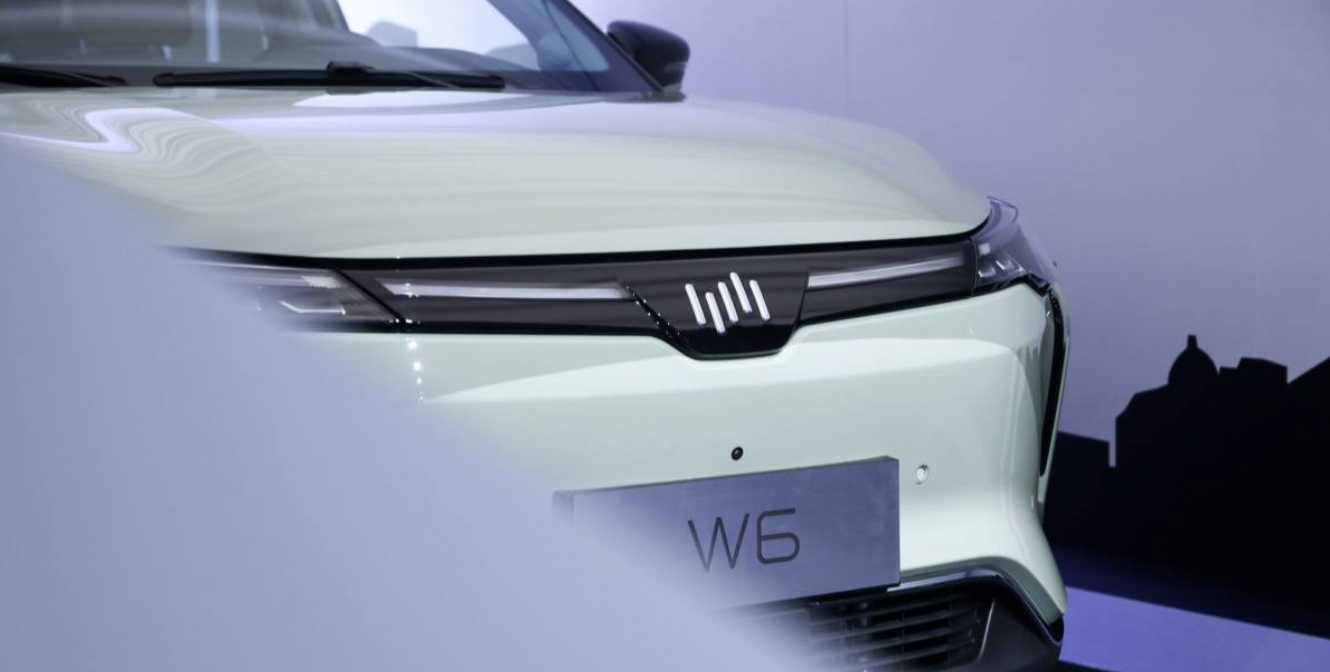On the evening of April 16th, at the “IMAGINE DAY WM Brand Night · WM Enjoy Day 2021” event held by WM on the banks of the Huangpu River, the official price range of WM’s third model, the W6, was announced: the 520km range version priced from 169,800 yuan to 209,800 yuan; the 620km range version priced at 239,800 yuan and 259,800 yuan. Pre-sales began that day, with deliveries starting at the end of April.
Previously, almost all information about the W6 had been released:
Dimensions

The W6 measures 4,620 x 1,847 x 1,730 mm, making it a mid-size SUV. The differences in size compared to WM’s previous two SUVs are not significant, as they are all based on the same platform.
Exterior
In terms of exterior design, WM claims that it is based on numerous “space technology” design concepts. Overall, the through-type headlamp of the front of the vehicle is quite recognizable. Furthermore, the car features contrasting colors and a relatively soft waistline on the side. The charging port at the front of the car has been removed and moved to the right front fender area.
Interior
Although the materials used in the interior are hard plastics and thermoplastics, the overall quality is decent and does not appear cheap. Two 12.3-inch integrated screens, as well as the i-Touch control screen below the center console (for frequently used functions such as locking the car, voice commands, and air conditioning), form the visual center of the interior. However, the black borders around these three screens are relatively thick and somewhat detract from the overall experience.
Smart Cabin
The WM W6 is equipped with a 7-nm Qualcomm Snapdragon 8155 chip and 5G baseband. The response speed and function response of the car’s system will be improved, but specific details about how the system interacts with the user still require a first-hand, real-world experience.
The W6 also features a new voice assistant called WIMI, which will be able to operate automatic driving functions through voice commands in the future.
Range

The W6 has an NEDC range of 620 km. The W6 employs WM’s independently developed second-generation high-efficiency three-electric system, which uses a series-connected high-energy density battery pack module to achieve 180 wh/kg.
Perception Hardware
The W6 is equipped with:
-
Five 77 GHz millimeter-wave radars
-
Three high-definition front-facing cameras- 4 HD surround view cameras
-
12 ultrasonic radars
-
plus WM motor’s self-developed autonomous driving domain controller.
Autonomous Driving
W6 adopts a brand-new electronic and electric architecture. According to the official statement, W6 is “China’s first mass-produced model capable of achieving unmanned driving.” W6 can achieve the “autonomous parking system,” which was jointly developed by WM Motor and Baidu Apollo platform.
“Unmanned driving” mainly refers to “self-parking,” consisting of two functions: HAVP (autonomous learning parking) and PAVP (high-precision map parking).

HAVP is an unmanned driving parking using a fixed route. In a fixed parking scenario, the vehicle completes route learning in advance, and sensing hardware records relevant data and sends it to the cloud server. Then, you can use the mobile phone to operate the vehicle to park/unpark autonomously.

PAVP can achieve unmanned driving parking under non-fixed parking spaces. With the guidance of Baidu’s high-precision map and infrastructure transformation, it can automatically find parking spaces in public places such as large shopping malls and office buildings and support automated parking lots with complex parking routes. This is still rather interesting, but it is uncertain whether this feature complies with relevant regulations and restrictions.
Within this year, WM Motor is expected to obtain advanced driving assist functions for open roads through OTA. In addition, the W6 vehicle network gateway introduces a dual operating system backup mechanism, and the system can be upgraded through OTA in the background while the vehicle can still be driven normally.
Final Comments
Although WM Motor relies on Baidu for autonomous driving technology, its actual performance compared to leading new forces in the industry like XPeng, NIO, and Ideal is still a bit mediocre. Although the PAVP function added to WM W6 this time includes high-precision maps, which have realized “self-parking,” it still failed to reverse the passive position of WM Motor in the field of autonomous driving.

Regarding WM Motor’s autonomous driving strategy, Shen Hui’s arrangement is:One the one hand, we need to ensure a good L2 driving experience to give users confidence in using our products. On the other hand, we need to collaborate with our partners to develop L4 and above autonomous driving technology. Full-stack self-research is not the same as full-industry-chain self-research. It’s difficult to achieve full-stack self-research, and we cannot achieve industrial chain unity alone. We need to work with our ecological partners to develop L4 and L5 technology.
What do you think will be the monthly sales volume of the WmAuto W6 after its official release?
This article is a translation by ChatGPT of a Chinese report from 42HOW. If you have any questions about it, please email bd@42how.com.
